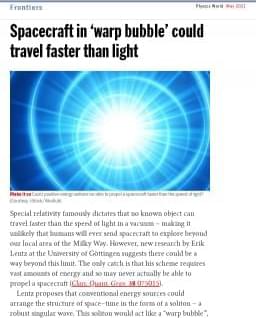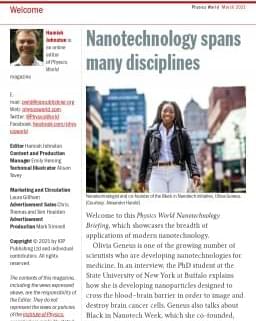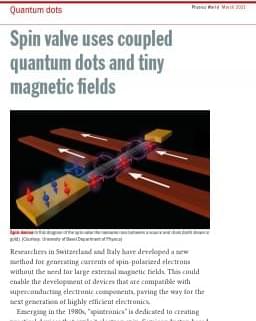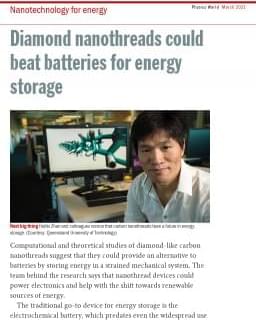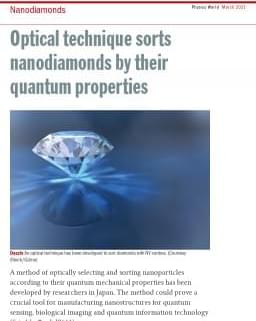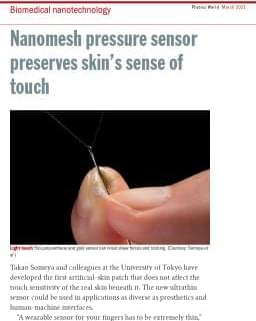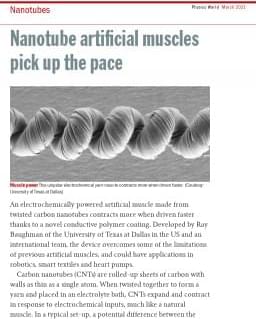A 30-year-old Kenyan engineer named Nzambi Matee has come up with a promising way to upcycle plastic trash that would’ve otherwise landed in landfills — by pressing it, with the addition of sand, into sturdy bricks and paving stones.
Her Nairobi-based company, Gjenge Makers, produces a variety of different paving stones, which are already being put to use to line sidewalks, driveways, and roads.
According to the engineer, the plastic pavers are seven times stronger, 15 percent cheaper to produce and lighter than concrete. And the venture is just getting started, with the company now investigating ways to construct affordable housing from similar materials.



